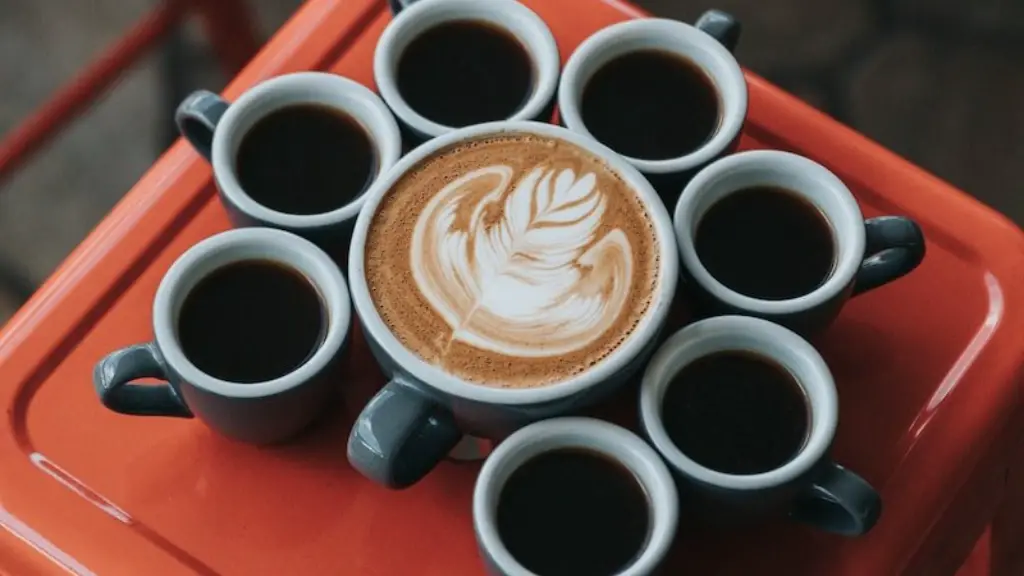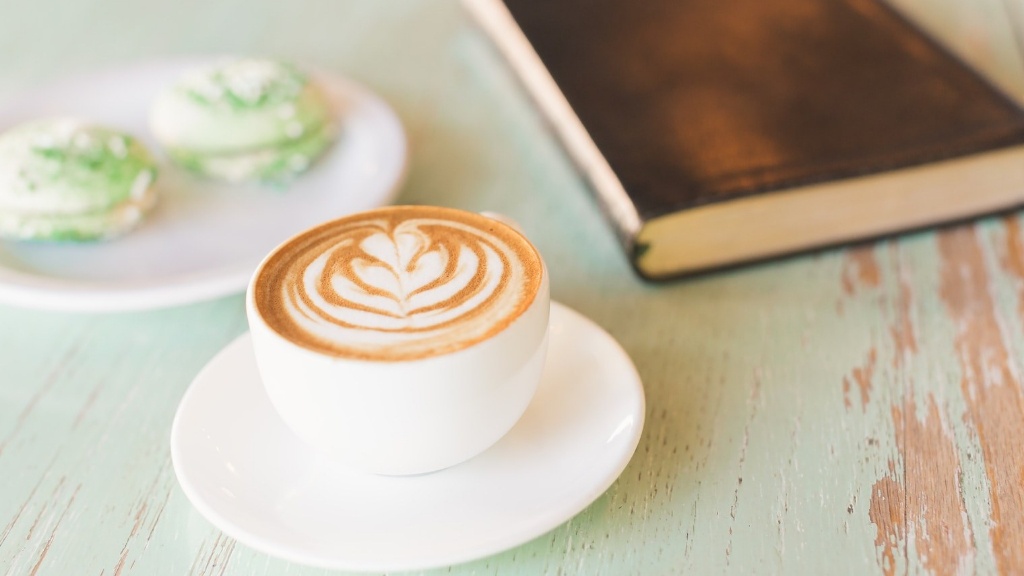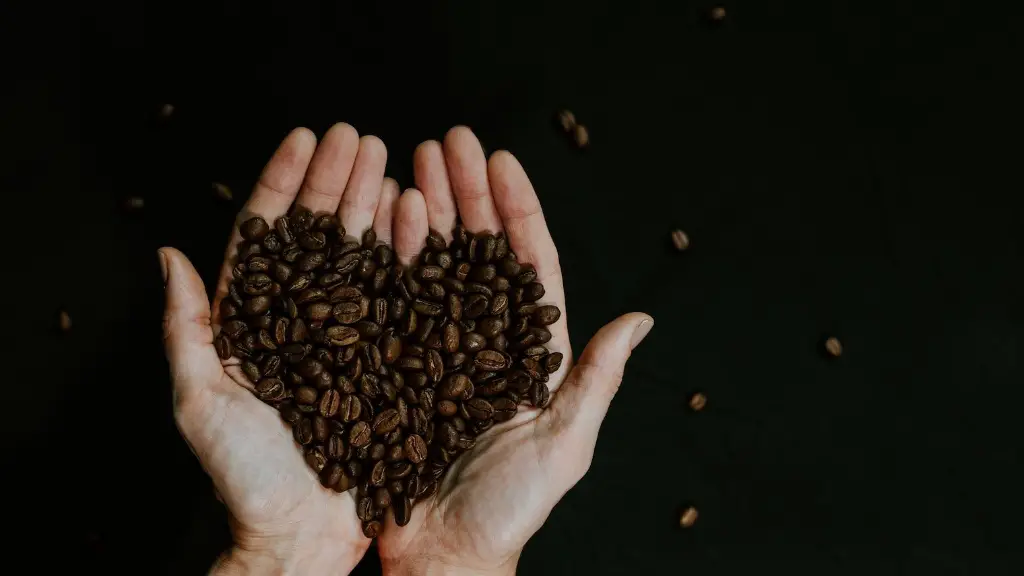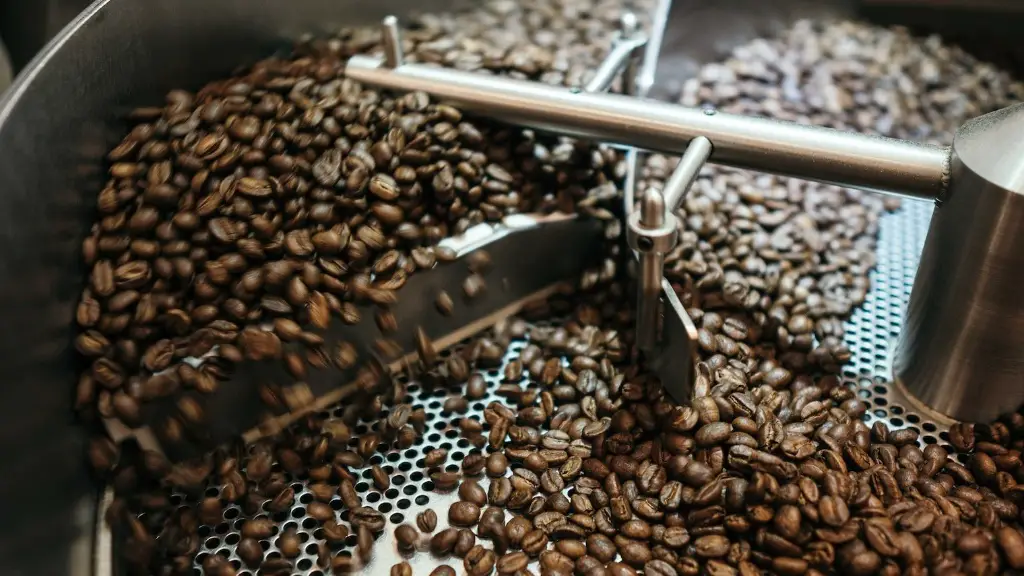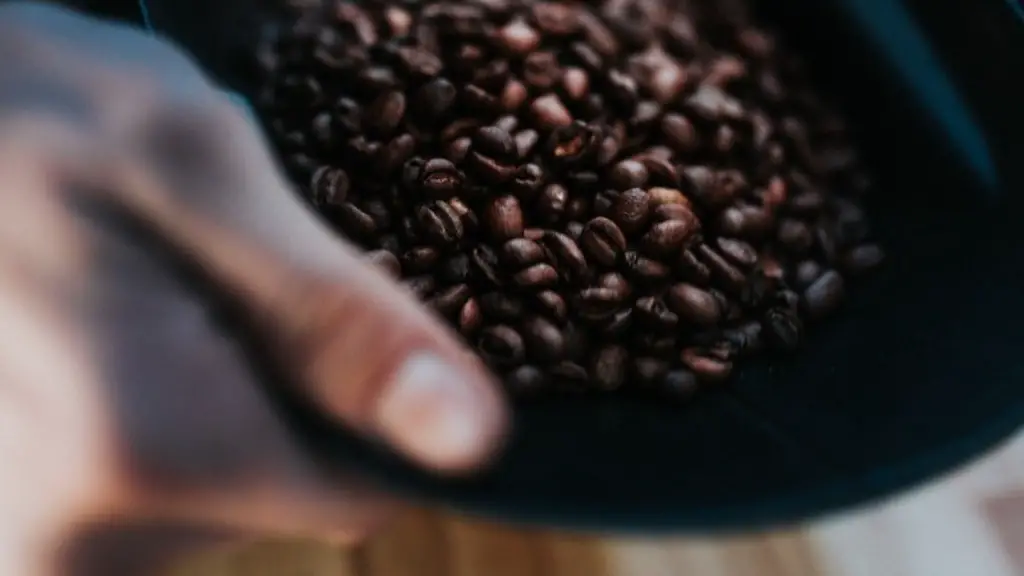Coffee is one of the most popular drinks in the world and its history dates back centuries. People have been drinking coffee for hundreds of years, but when did it all begin? It’s not entirely clear when coffee was first discovered, but evidence suggests it was likely discovered in the 9th century.
The first documented use of coffee is believed to have been in the 15th century, when it was enjoyed by Sufi monks in Yemen. By the 16th century, coffee had become popular throughout the Middle East and North Africa. By the 17th century, coffee had spread to Europe and became a popular beverage among intellectuals.
Coffee truly gained popularity during the 18th century when coffeehouses began to appear in cities across Europe. Coffeehouses became a place for people to gather, discuss ideas, and share knowledge. They became an integral part of social life, and by the 19th century they had become common throughout Europe and North America.
Today, coffee is enjoyed around the world as a morning ritual, an afternoon pick-me-up or just a way to relax with friends. Despite its long history and changing trends over time, one thing has remained constant – people love their coffee!
Origin of Coffee Drinking
Coffee drinking has been around for centuries, with the earliest evidence of coffee consumption dating back to the 15th century in the Sufi monasteries of Yemen. It is believed that coffee was first discovered by an Ethiopian goatherd who noticed his goats became more energetic after consuming the red berries from a certain bush. These berries were then brewed into a beverage and served to other members of the monastery. From there, coffee spread throughout the Arabian Peninsula, reaching Egypt, Syria and Turkey by the 16th century.
By the 17th century, coffee had become popular throughout Europe, where it was initially used as a medicinal beverage. Over time, it became a staple of European culture and eventually made its way to America in the late 1600s. By 1750, it had become one of America’s most popular drinks and by 1777 there were over 200 coffee houses in New York City alone. Since then, coffee has become one of the world’s most beloved beverages and continues to be enjoyed around the globe today.
Prevalence of Coffee Drinking
Coffee has been a popular beverage since the 15th century. It is believed that coffee was first discovered in Ethiopia and then spread to the rest of the world. Coffee quickly became a favorite beverage among many people, and it is now one of the most popular drinks in the world. There are many different ways to prepare and enjoy coffee, including espresso, cappuccino, latte, and more. Today, coffee drinking is an essential part of many cultures around the world.
Coffee has been used for centuries as an energizing drink and it also contains antioxidants which can help protect against certain diseases. It has also been used medicinally to treat certain illnesses such as headaches and upset stomachs. Coffee has even been studied for its potential role in reducing the risk of certain types of cancer.
Overall, coffee drinking is one of the oldest traditions in history and continues to be enjoyed by millions around the world today. It can be found in almost every corner of the globe and has become an important part of many cultures. Whether you like it black or with cream and sugar, coffee is sure to add some flavor to your day!
Traditional Coffee Preparation
Coffee has been around for centuries, but it wasn’t until the 1600s that people began to drink it. Coffee was first enjoyed as a beverage during the Ottoman Empire, where it was prepared using methods that are still used today. Traditional coffee preparation involves boiling ground coffee in water and then straining the mixture through a fine cloth or filter. This method produces a strong, rich-tasting cup of coffee that is often served with sugar and milk or cream. During the 1700s, cafes began to appear in Europe, offering patrons an opportunity to drink coffee in a social setting. Today, traditional methods of coffee preparation remain popular among many people. These methods produce flavorful cups of coffee that can be enjoyed black or with added ingredients like sugar and milk.
Different Types of Coffees
Coffee is one of the world’s most popular drinks, and has been for centuries. It’s believed that people started drinking coffee as early as the 15th century, when it was first discovered in Ethiopia. Today, there are many different types of coffee available to suit everyone’s tastes. The most popular types are espresso, cappuccino, latte, mocha, and cold brew.
Espresso is a strong, concentrated form of coffee made by forcing hot water through finely ground coffee beans. It has a bold flavor that is often enjoyed with milk or cream as well as sugar or other flavorings. Cappuccino is similar to espresso but it also includes steamed milk and foam on top. Latte is another popular type of coffee that includes espresso and steamed milk but with less foam than cappuccino. Mocha includes espresso, steamed milk, chocolate syrup or powder, and foam on top. Cold brew is the least common type of coffee but it can be just as delicious. It involves steeping coarsely ground beans in cold water over a long period of time to produce a smooth and refreshing flavor without the bitterness associated with hot-brewed coffee.
No matter what your preference may be, there’s sure to be a type of coffee that suits your tastes perfectly!
History of Coffee Consumption
Coffee has been enjoyed by people for centuries. Evidence suggests that the first known coffee drinkers were the ancient Ethiopians, who drank coffee for its energizing effects as early as the 15th century. Coffee then spread to Egypt and Yemen, where it was highly popular amongst Sufi mystics. By the 17th century, coffee had reached Europe and was embraced by the upper classes of society.
Coffee’s popularity only continued to grow in Europe and eventually spread to North America, with the first coffee house opening in New York City in 1696. By the 18th century, coffee had become popular among all classes of society, with many people enjoying it as an integral part of their daily routine. Today, coffee is an important part of many cultures worldwide and is consumed daily by billions of people.
Impact of Coffee on Health & Wellness
Coffee has been a staple beverage for centuries, providing energy and flavor to people around the world. The earliest records of coffee consumption date back to 15th century Ethiopia, where it was likely brewed as a tea-like beverage. Coffee quickly spread throughout the Middle East and eventually reached Europe in the 17th century, becoming an immensely popular drink. Today, coffee is one of the most widely consumed beverages in the world.
While coffee has long been touted as a source of energy and alertness, recent research suggests that it may offer some health benefits as well. Studies show that people who drink moderate amounts of coffee have a lower risk of certain diseases such as type 2 diabetes and Parkinson’s disease. Additionally, some studies suggest that coffee may reduce inflammation and improve cognitive function.
Moreover, coffee is low in calories and contains many beneficial antioxidants, making it a great addition to any healthy diet. However, it’s important to keep in mind that too much caffeine can be unhealthy or even dangerous. Therefore, it’s important to moderate your intake and enjoy your cup of joe responsibly!
To Sum it All Up
The use of coffee dates back to the 15th century, when it was first discovered by the ancient Ethiopians. As its popularity increased, it spread to other parts of the world and eventually became a widely consumed beverage. Today, coffee is one of the most popular drinks in the world. Its popularity is due to its pleasant flavor, caffeine content, and various health benefits. Coffee has been an integral part of human culture for centuries and will continue to be so in the future.
